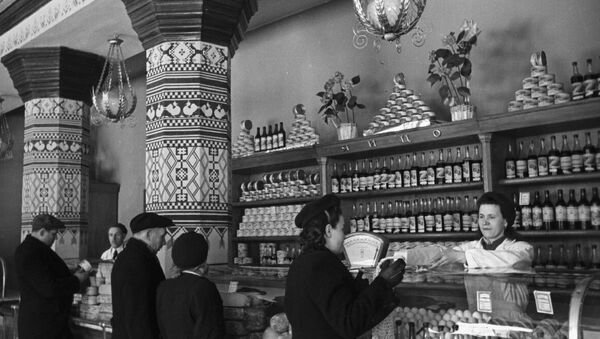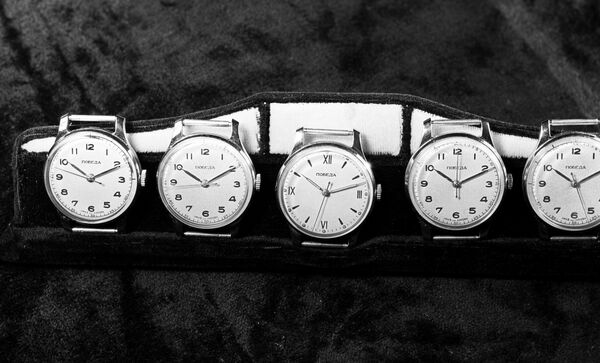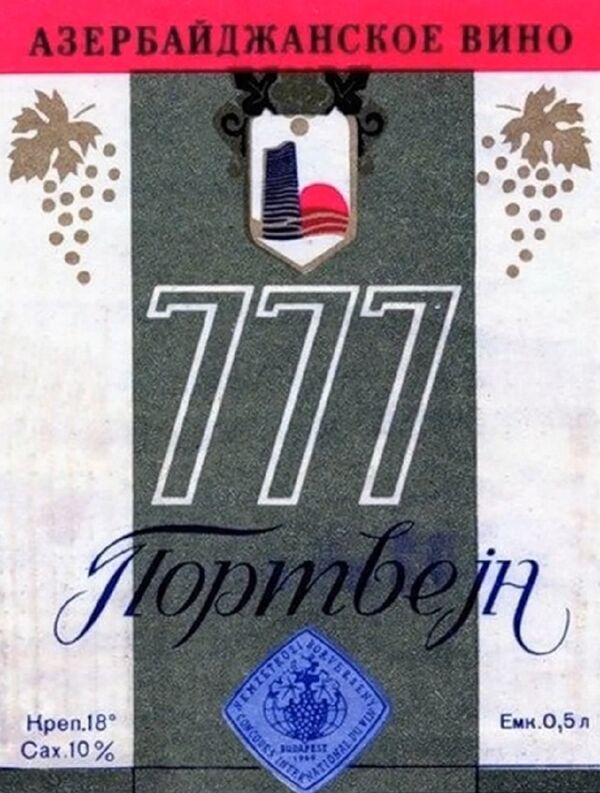Chocolate Alenka
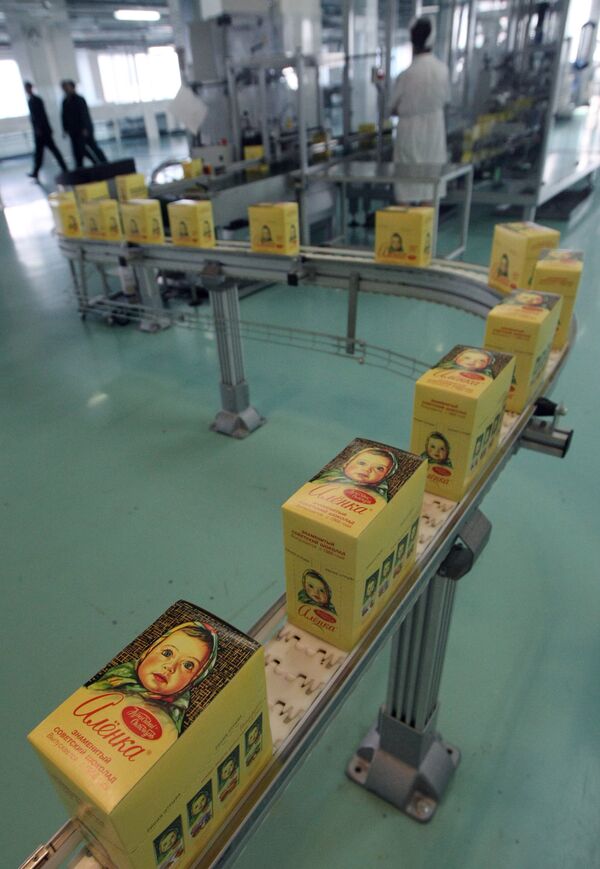
Alenka might not be the tastiest Russian chocolate there is, but it's definitely the most recognized Russian chocolate brand. Most people have seen the iconic picture of a little girl in a mottled kerchief.
The brand has been in production since 1965 when the Soviet government implemented a special program that was supposed to bring affordable milk chocolate to the masses. Looking for an image for their chocolate bar, producers held a competition and advertized it in a newspaper, asking readers to submit their pictures. The photo of an 8-month-old girl was picked as the winner and to this day her picture continues to be the face of the most recognized Russian chocolate bar.
Ural Motorcycle
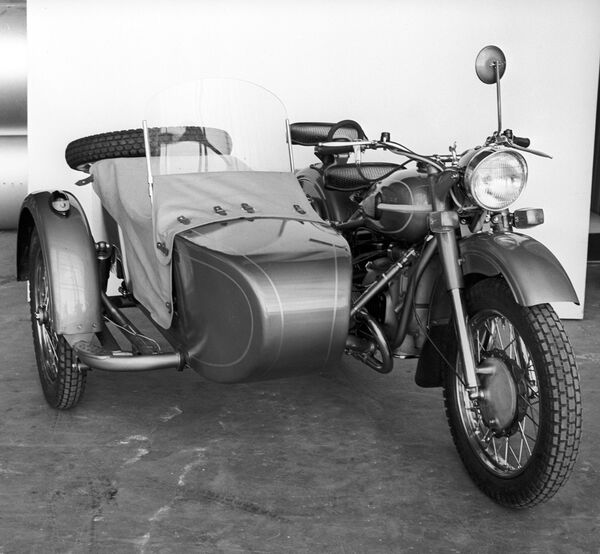
Although the Soviet Ural sidecar motorcycle didn't look much like a Harley Davidson, it's equally as legendary. More often than not the motorcycle was used as the only viable alternative to ride across the off-roads of rural areas in the Soviet Union. A sidecar attached to the motorcycle allowed riders to carry several passengers — an important add-on in the poor countryside.
Just before the Great Patriotic War, Soviet engineers acquired the design of the BMW R-71 motorcycle from Germany, which became the prototype for the future Ural motorcycles.
One might think the Ural is no longer manufactured, as one hardly sees the motorcycle on the streets of big Russian cities. However, the legendary Ural is still produced in the Sverdlovsk Region albeit only three percent of manufactured motorcycles are sold in Russia, while the rest are imported to the United States, Canada, Australia and European countries, where bikers have come to appreciate the raw design and brutality of the Soviet motorcycle.
Zenit Camera

The Zenit camera brand was widely popular in the Soviet Union and Russia. As many as 15 million Zenit cameras were manufactured and a lot of them were exported to Western countries, including Germany, Italy, France and Britain.
Last month, the Russian high-tech development and production company Rostec announced it would revive the once famous Zenit camera brand and make it a luxury device.
Krasnaya Moskva Perfume
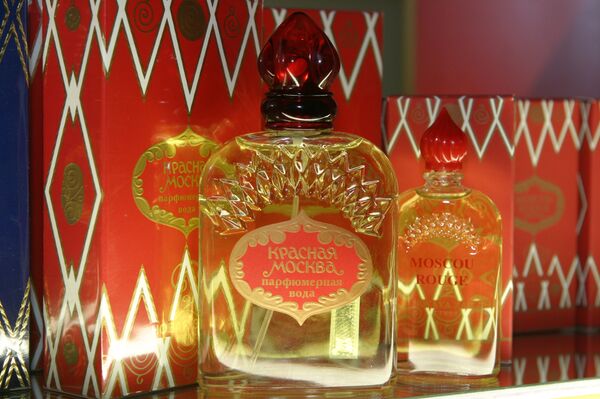
The classic Krasnaya Moskva ["Red Moscow"] perfume was the popular brand among Soviet fashionistas.
According to one legend, the perfume was originally developed by none other than Maria Fedorovna, the mother of Tsar Nicholas II, and was known as the Empress' Favorite Bouquet. After the perfume's production was re-started in the Soviet Union, the name was changed to erase all associations with the Royal family.
Another legend says that August Michel, the man who invented the luxurious smell of Krasnaya Moskva, ended up fleeing Russia after the Socialist Revolution and later became a member of the team that created Chanel No 5. The two perfumes indeed bear a close resemblance.
Druzhba Cheese
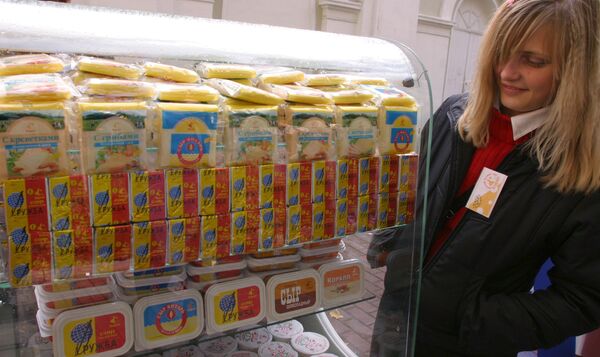
Invented in 1964 at a diary factory in the Yaroslavl Region, Druzhba ["Friendship"] cheese quickly won the hearts, minds and stomachs of the Soviet people. The product marked the beginning of a nationwide craving for processed cheese.
People ate Druzhba in various ways — as a snack, used as an ingredient for salads and even made soups out of it.
The cheese can still be found on supermarket shelves.
Pobeda Wristwatch
People liked the Pobeda wristwatch for its successful mechanism, which contained 15 jewel bearings and allowed to keep the watch without winding for two full days.
The brand's name Pobeda ["Victory"] had to be approved by Joseph Stalin himself after a Kirov-based watch manufacturer started the production of wristwatches in 1946 to mark the first anniversary of the Soviet Union's victory over Nazi Germany.
When the brand quickly became a hit, other companies across the country began to produce the iconic wristwatch. The production of Pobeda was stopped in the mid-1990s following the breakup of the Soviet Union.
Port Wine 777
The entire country from Kaliningrad to Kamchatka knew well about this cheap yet strong port wine under the brand of 777.
Although its label said the port wine was produced from the best grapes, it probably wasn't the case. Based on its taste, the triple seven belonged to the category of flavored fortified wines, which normally have an alcohol content between 13 and 20 percent and extra sugar added to make it stronger.
Most people who drank 777 thought neither about the high-level of sugar nor the true quality of grapes the drink was made of.

